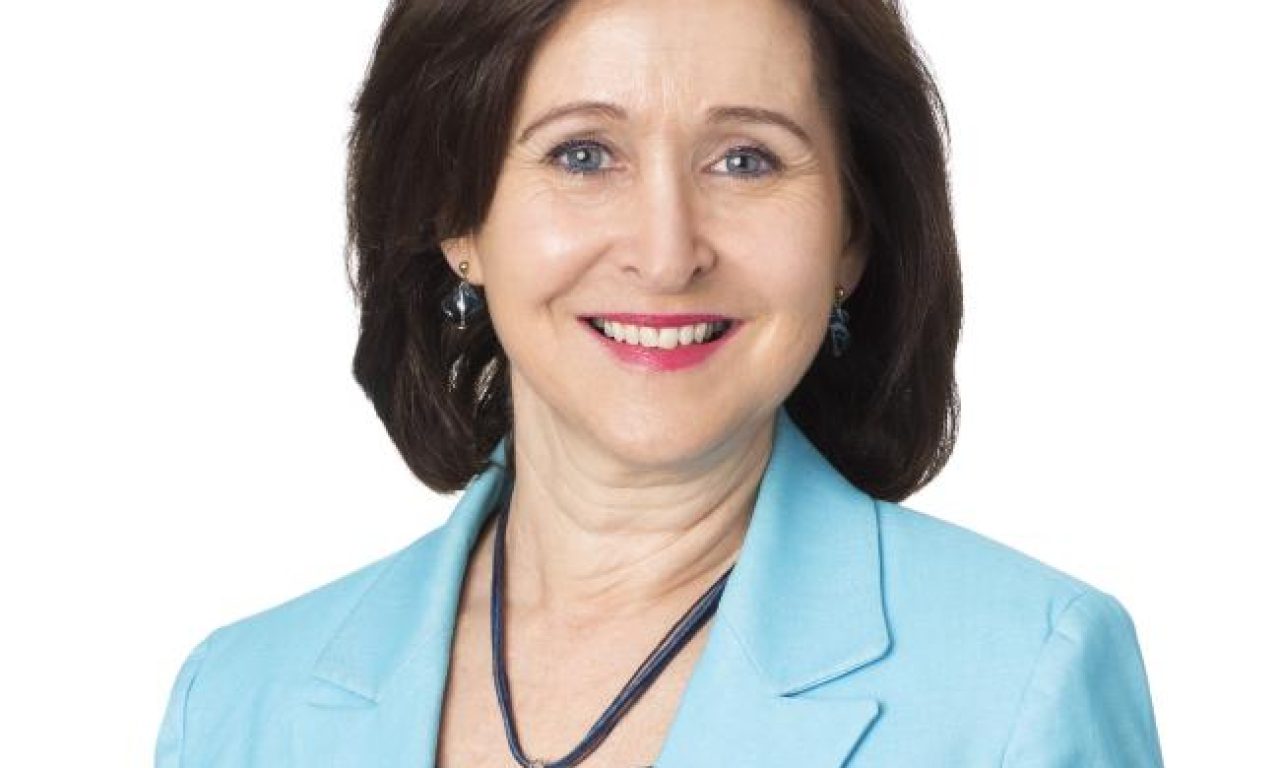(pictured: Debby Blakey)
By Greg Bright
Having an investment program which fits the culture of a super fund – aligning those investments with the beliefs of the members – is a way to attract and retain members in a competitive super landscape. Take impact investing as an example.
The $32 billion HESTA health care industry fund announced last week the first investment from its $30 million social impact program: a $6.7 million community housing project, Horizon Housing, being managed by Social Ventures Australia.
Debby Blakey, HESTA’s chief executive, admits the commitment is tiny compared with the fund’s overall investment program. And it would be very difficult for a fund of that size to select and oversee such impact investing programs without a partner. It takes as much time, or more, to source and monitor a $6.7 million investment as a $60 million one, or even a $600 million one. HESTA is expecting a similar return for the risk of the investment as it would get from other “bond-like” investments.
“But we felt that we wanted to take a position and we wanted to start small,” Blakey said. “We also wanted to select the right partner.” HESTA is an unusual fund for its size, having maintained a strong connection with its health-care roots despite its growth over the years. About 80 per cent of its members, for instance, are women, a lot of whom work in the community services sector. Most of the others work directly in health care as medical practitioners, or in related occupations.
“It’s probably easier for us to be one of the first funds to make a social impact investment,” Blakey says. “The community services sector is a big part of the HESTA membership. The obvious question for the board is ‘why can’t we combine the two?’ [investments and members’ occupational interests]. The board also has a lot of knowledge in the area, a lot of community knowledge.”
Blakey believes that in the ESG discussion, where the ‘G’ and ‘S’ have dominated the research for years, that everyone should talk about “what it means to be responsible”.
Cbus is another example of a fund which puts more back into the industry where most of its members work than other funds, notwithstanding criticism from investment purists that the fund is doubling up on member risk.
Cbus has the highest exposure to Australian property of any big fund and even owns its own property company. Some asset consultants will say that the fund perhaps should have no property at all – because if the sector crashes that is exactly the time when the members are likely to be losing jobs and relying more heavily on their super savings in retirement.
But the members love it. Their fund is supporting their industry. It is an important component in Cbus’s member marketing and retention.
It doesn’t have to be the members’ occupations that influence a fund’s investments though. It can be moral beliefs. One suspects that with HESTA’s community housing project it’s a bit of both.
Christian Super, for instance, a relatively small fund catering for various Christian religious groups and like-minded individuals, has been making social impact investments for several years, including being a big supporter of the NSW Government’s social bonds.
Peter Murphy, the fund’s chief executive, says that such investments align with the members’ belief system and, as such, it is a business decision for the fund to pursue them as much as a pure investment decision.
Murphy, Blakey and all other fund executives when talking on the topic always emphasise, though, that the investments have to stack up from a risk/reward perspective. And that is not too difficult to achieve, especially for those investments which provide a steady income stream and tend to look more like infrastructure than equities.
Ben Thornley, a former investment director of InvestorInfo in Australia (now part of Sterling Publishing) says that getting investment-grade returns from impact investing is more difficult in Australia than in some other countries, particularly the US where he now lives. Thornley runs an impact investing advisory business in California, packaging up for CalPERS and other investors, social projects into investable products.
Typically, this is how it works there. A project, such as slum redevelopment into a modern affordable housing precinct, will attract three categories of investors: philanthropists who make grants as part of their foundation, requiring no return; a government body which will provide a soft or interest-free loan or investment; and, the institutional investor who wants a reasonable return, say, inflation plus 4 per cent. In Australia, the problem is that our philanthropy sector is very small and, until recently, governments have been unwilling to explore these sorts of public-private partnerships for social gain.
Perhaps super funds, which are obliged to comply with the Sole Purpose Test of the SIS Act, could top up a social impact investment from their marketing budget – taking the philanthropist’s position in the deal as well as the investor’s position. It’s a good story to tell a prospective member who may be considering an SMSF or a retail fund as an alternative. And perhaps it’s a more worthwhile alternative to television advertising.

